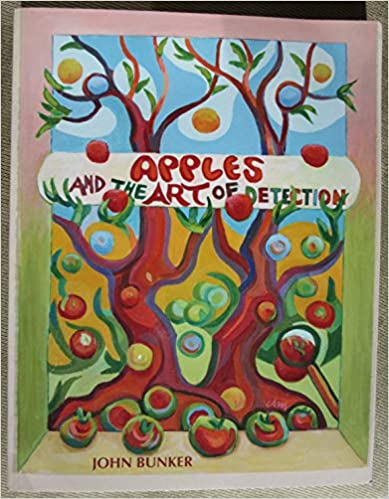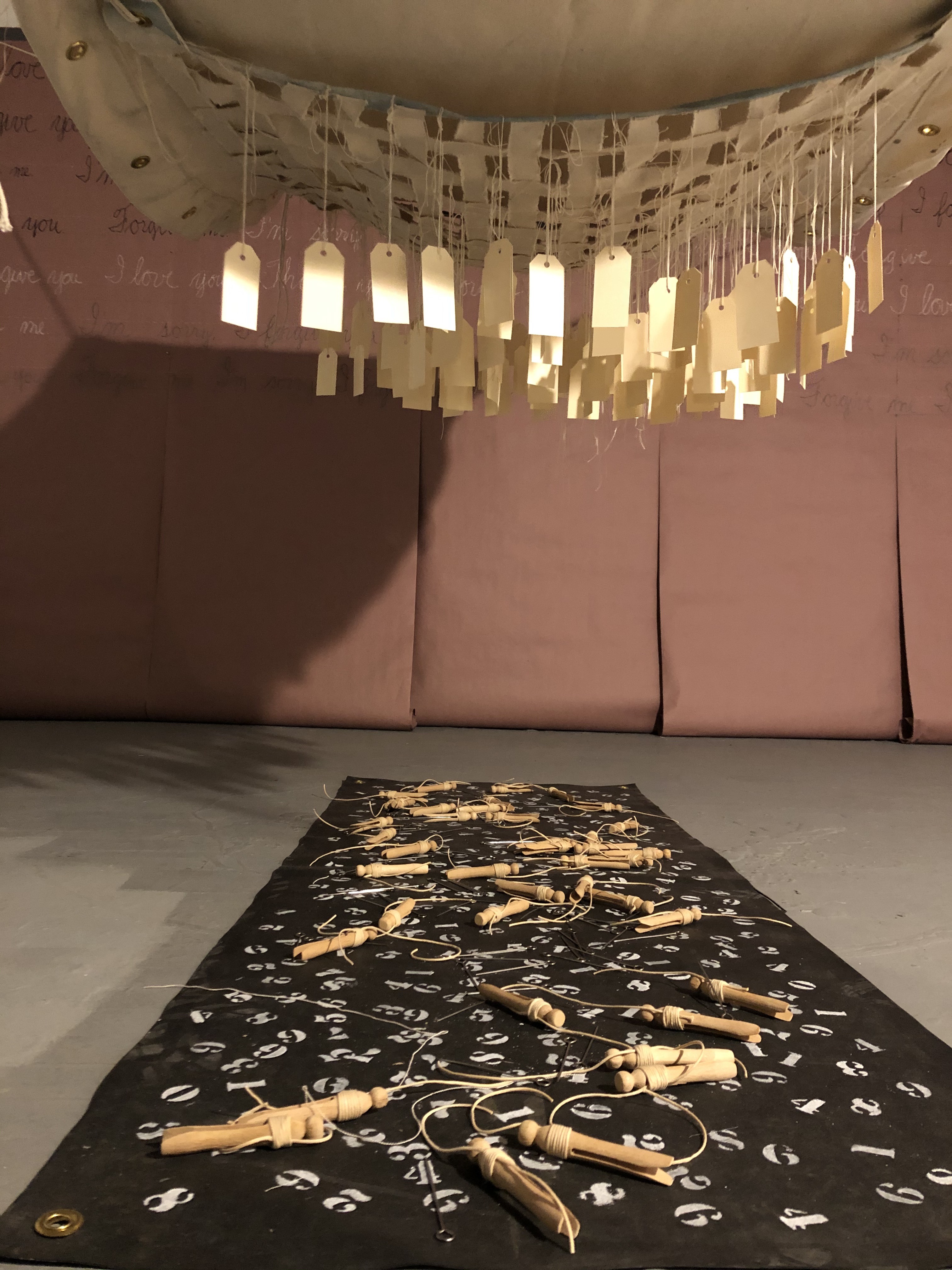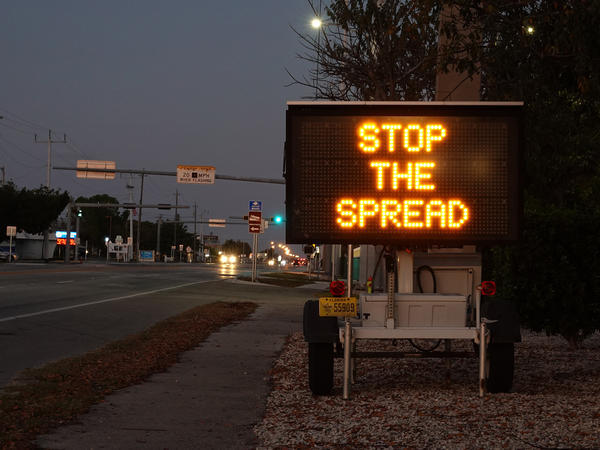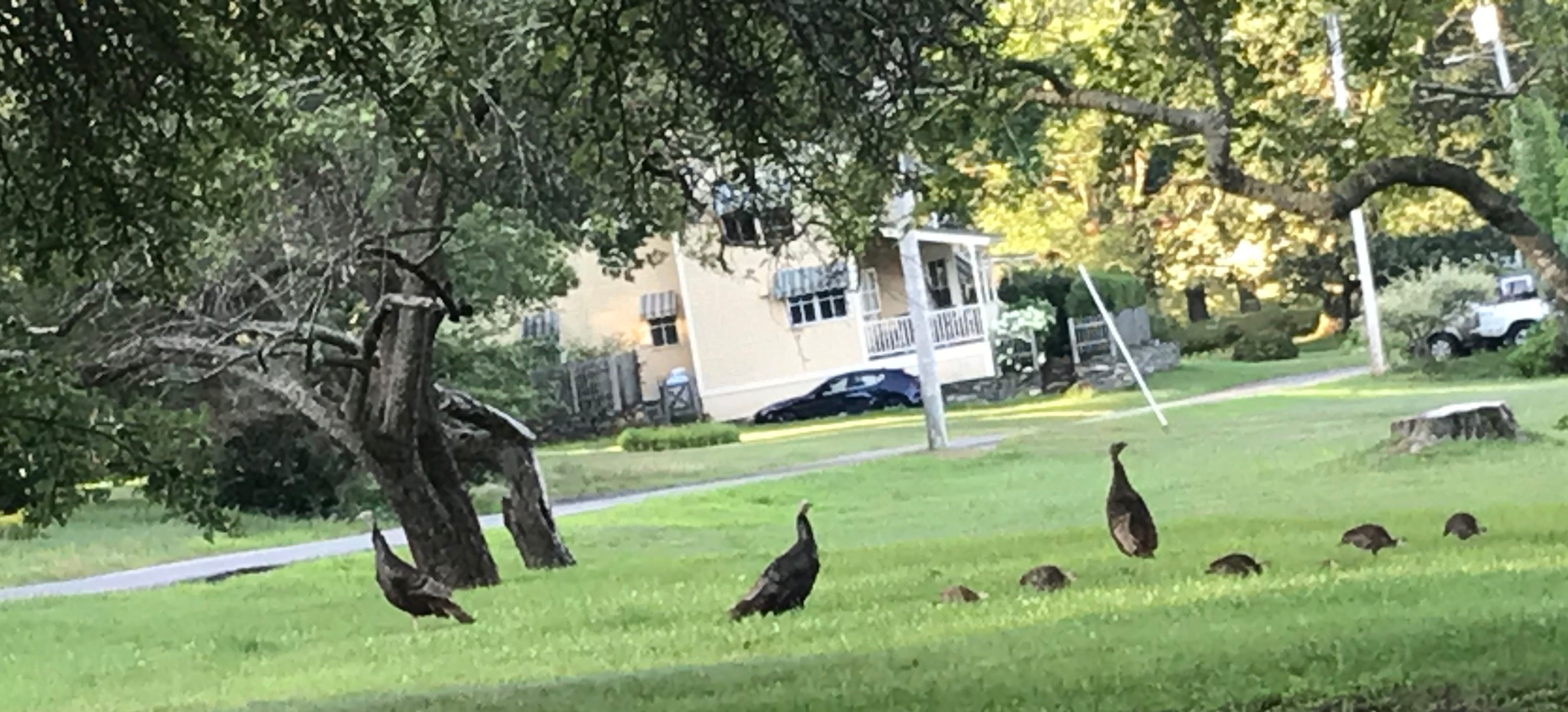An apple a day keeps the doctor away.
There are specific tastes that I associate with the arrival of summer in Maine:
-
- A perfectly ripe strawberry,
- A warm juicy peach,
- A handful of native blueberries,
- And an ear (or 2) of just picked butter and sugar sweet corn.
Maybe it is a failure of expectation or a failure of memory but these tastes seem to no longer exist.
Maybe what I should have been longing for is – an apple. 
On Memorial Day the fragrance of lilacs envelops Peaks Island. By Indigenous People’s Day, the all-encompassing smell is of apple cider vinegar. Gnarled trees dot the landscape of the island. Like cemetery grave markers, they indicate locations of former orchards. Some are hidden by invasive bittersweet or native hops winding their way around trunks and branches.
In the autumn, ‘windfalls’ – apples blown down from a tree by the wind – carpet the island. They provide a steady source of food for the deer and the turkeys. The neighborhood list-serve encourages anyone who wants apples to ‘come and take ‘em’ – as many as you want. There are de-facto apple ‘gleaners’ who gather specific windfalls to use in their favorite recipes.

Growing up in New England, we celebrated Johnny Appleseed Day in September. I read the story of Johnny Appleseed, the barefoot wanderer, who wore a pot on his head and planted apple trees across America. Many of us learned of his exploits watching a 1948 Disney feature, Melody Time,
https://www.youtube.com/watch?v=484AJlOnOnc
In reality, John Chapman aka Johnny Appleseed was a shrewd businessman in the 1800’s who established orchards along the path of the westward expansion.
Starting in 1792, anyone willing to form a permanent homestead on the wilderness beyond Ohio’s first permanent settlement would be granted 100 acres of land. To prove their homesteads to be permanent, settlers were required to plant 50 apple trees and 20 peach trees in three years.
Chapman realized he could do the difficult work of planting and cultivating these orchards. He would sell them when the homesteaders arrived, and then head to more undeveloped land.
Although most of us are unable to identify a specific apple variety, a taste test determines whether it should be eaten raw, made into a pie, a crumble, apple cake, applesauce or even apple cider – sometimes even hard cider.
Almost all apples grown during the early years of this country and westward expansion were turned into hard cider. Up until Prohibition, an apple grown in America was far less likely to be eaten than to wind up in a barrel of cider. In rural areas cider took the place of not only wine and beer but of coffee and tea, juice, and even water. Michael Pollan in The Botany of Desire
There are 7,500 varieties of apples in existence throughout the world —2,500 of which are grown in the United States. The Maine Heritage Orchard is a ten acre preservation educational orchard located at the Maine Organic Farmers and Gardeners Association (MOFGA) in Unity, Maine. The orchard is currently home to 300 varieties of apples and pears traditionally grown in Maine dating back as far as 1630. https://www.maineheritageorchard.org/
MOGFA offers an apple identification service or you can conduct your own research using John Bunker’s book: Apples and the Art of Detection: Tracking Down, Identifying and Preserving Rare Apples .

https://www.amazon.com/Apples-Art-Detection-Identifying-Preserving/dp/0578507552
John also advises on how to make a perfect apple pie. https://www.pbs.org/video/apple-pie-oisusi/
Throughout the 2020 summer, census takers counted Peaks Island residents. However, no one has conducted a census of island apple species.
At least, not yet.
Seeds of Heritage
Recently, I attended a friend’s family reunion. As each guest departed, they received 2 peach tree saplings of a rare, native heirloom – an Indian White Freestone Peach. The species, once prolific in Maine, has all but disappeared.
Each sapling was grown from seed by the students of the Medomak Valley Heirloom Seed Project in Waldoboro. It is probably the largest high school heirloom seed bank in the United States.
Medomak is Abenaki (Wabanaki) for “place (river) of many alewives”.
Alewives and other sea run fish have been critical to the economy and the ecology of the State of Maine and its peoples. Alewives are anadromous fish that spend the majority of their life at sea but return to freshwater to spawn.
https://www.fws.gov/gomcp/pdfs/alewife%20fact%20sheet.pdf
Maine fishermen once boasted: “You could cross a river on the backs of the fish.” When the rivers were dammed to provide hydropower and electricity, the alewives almost disappeared. The removal of dams in Maine has resulted in the return of the alewives and a rebirth of rivers. https://www.npr.org/2020/06/21/880539021/one-of-the-best-nature-shows-a-river-transformed-after-dams-come-down
Historically, Maine towns frequently designated the taxes gained from the sale of alewives to fund schools.

A friend has been saving open-pollinated heirloom varieties of veggies and flowers for many years and now shares them with others via Etsy. She believes every seed has a story – a history. https://www.etsy.com/shop/GardenGateFarmer
She gave me a “spotted” bean known as Jacob’s Cattle bean or Appaloosa bean to grow in the community garden in Maine. 
This bean is a Prince Edward Island heirloom. Legend has it that it was a gift from Maine’s Passamaquoddy Indians to Joseph Clark, the first white child born in Lubec, Maine.
Lubec is the easternmost community in the U.S. and vies with Acadia National Park for the title of the first place to see the sunrise.
https://downeast.com/our-towns/lubec-maine/
Known collectively as the Wabanaki Nation – People of the Dawnland – the four Maine Indian tribes are the Maliseet, Micmac, Penobscot Nation and Passamaquoddy Tribes. https://www.abbemuseum.org/about-the-wabanaki-nation
 The Passamaquoddy Tribe hunted, fished, and gathered food along the coast for more than 12,000 years. Shell middens are evidence of their encampments. They represent the cultural heritage of these peoples and millennia of coastal interaction.
The Passamaquoddy Tribe hunted, fished, and gathered food along the coast for more than 12,000 years. Shell middens are evidence of their encampments. They represent the cultural heritage of these peoples and millennia of coastal interaction.
https://umaine.edu/middenminders/why-are-shell-middens-culturally-sensitive/
 In the 1880’s middens were removed from the Whaleback Shell Midden in Damariscotta for use as chicken feed and fertilizer. ‘Monuments’ that commemorate a community, its people, and its traditions were destroyed.
In the 1880’s middens were removed from the Whaleback Shell Midden in Damariscotta for use as chicken feed and fertilizer. ‘Monuments’ that commemorate a community, its people, and its traditions were destroyed.
https://digitalmaine.com/mgs_publications/457/
Seeds of Reconciliation
In 2012, the Maine State Child Welfare Truth and Reconciliation Commission was instituted by the State of Maine. A Truth and Reconciliation Commission is an official body tasked with discovering and revealing past wrongdoing by a government. The Commission was to examine the impact of the removal of Native children from their families and their subsequent placement in foster care by the State of Maine child welfare system in the 1970’s. Revealing the history of government abuse and its impact on the lives of the survivors was a step toward reconciliation. It was hoped that the process would promote healing and system reform.
The multi-year process is documented in the film Dawnland. Listening to the testimonies and heartfelt stories, I realized how a truth and reconciliation process requires the willingness to examine the impact of our actions – both as individuals – as well as a society.
https://www.pbs.org/independentlens/films/dawnland/
Seeds of Redemption
The Museum of Women and the Arts in Washington D.C. opened its doors in 1987. Coincidentally, in 1987 I attended my first art history class. It was the beginning of my journey as an artist. The required texts were H.W. Janson’s History of Art first edition.

Throughout the semester, slide after slide depicting images of works created by male artists – predominantly of Western descent. I wondered why there seemed to be no artworks created by women.
At about the same time, the women artists in the New York art world were asking that same question.
In 1985, a group of artists formed the activist art group Guerrilla Girls, in response to a Museum of Modern Art exhibition of 169 artists with only 13 women and eight artists of color included. The anonymous group—composed mostly of artists using aliases borrowed from famous women artists, wearing gorilla masks to hide their identities—was hellbent on delivering institutional critique to the masses through striking advertisements that poked fun at the art world establishment while also calling out its deeply entrenched sexism and racism. https://theattic.jezebel.com/the-guerrilla-girls-on-fighting-art-world-sexism-since-1845411686
During lectures, the Gorilla Girls “awarded” bananas to individuals and institutions that did not promote work by women artists.

“Cultural heritage” doesn’t consist of money or property, but of values and traditions. It implies a shared bond, our belonging to a community.
For the past 30 years, the themes in my artwork often emerge from little known historical facts reflected in current events – personal as well as societal.
I research primary sources: diaries, recorded interviews, newspaper accounts, government documents, – knowing full well that everything was not documented and everything documented was not representative of all views.
I struggle knowing that everything I learned in preparation and later represented in the works themselves, were only partial truths – an interpretation of the ‘facts.’
My recent work titled Aletheia – commemorates the search for “the disappeared” that takes place annually throughout Mexico. https://www.npr.org/2020/03/05/811277021/the-mexican-mothers-who-make-a-grim-yearly-search-for-missing-loved-ones

Aletheia is a Greek word meaning an “unclosedness;” “the state of not being hidden;” “the state of being evident.”
How do we determine the ‘actual’ facts and take them from being hidden to a state of being evident?
Cultural heritage doesn’t consist of money or property, but of values and traditions. It implies a shared bond, our belonging to a community.
How do we learn about histories that have been overlooked, misrepresented, denied, removed, appropriated?
How do we create a community of shared values and traditions?
To Be Continued: Part 4 – Uncovering History
















 No one likes slugs.
No one likes slugs.











